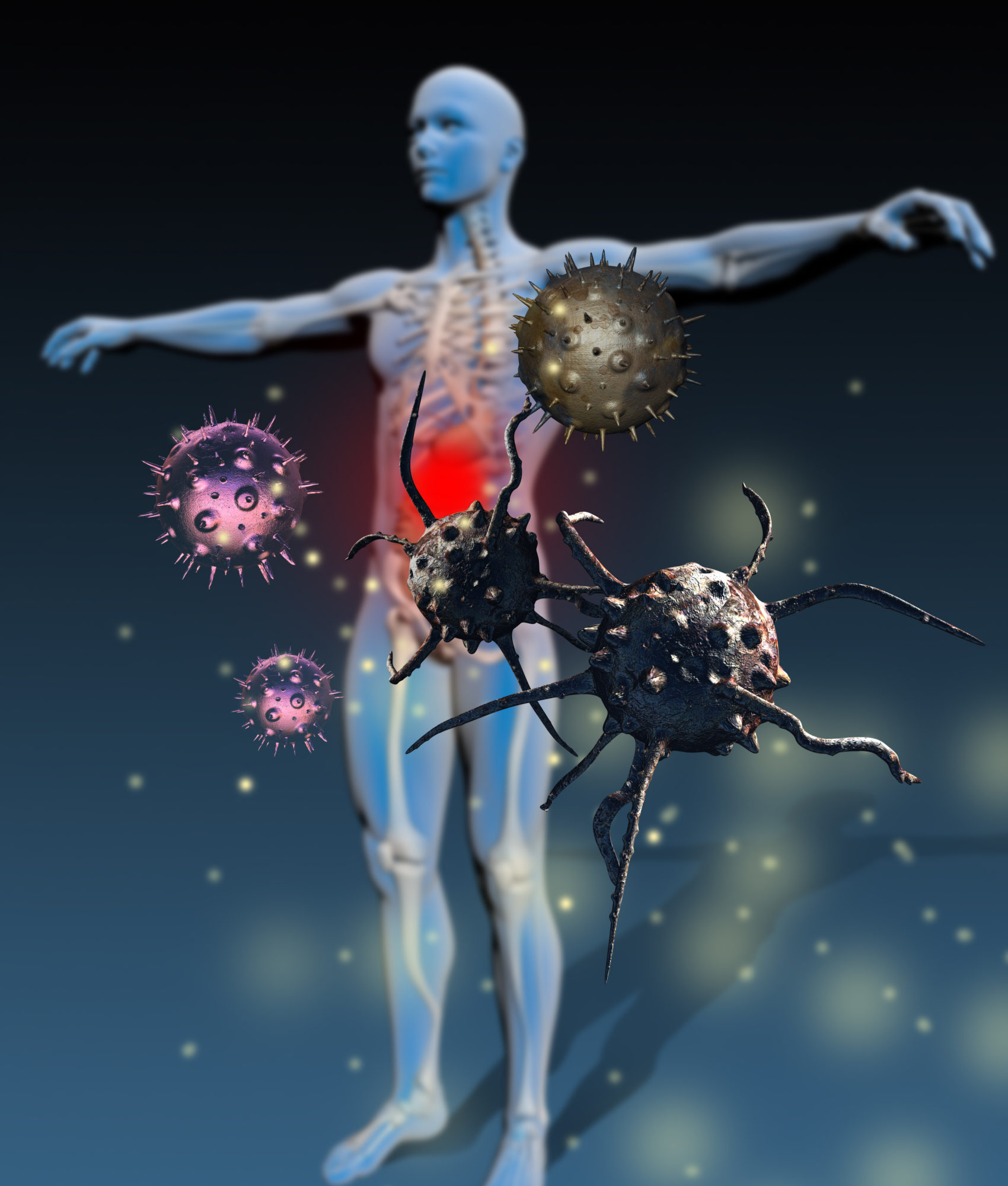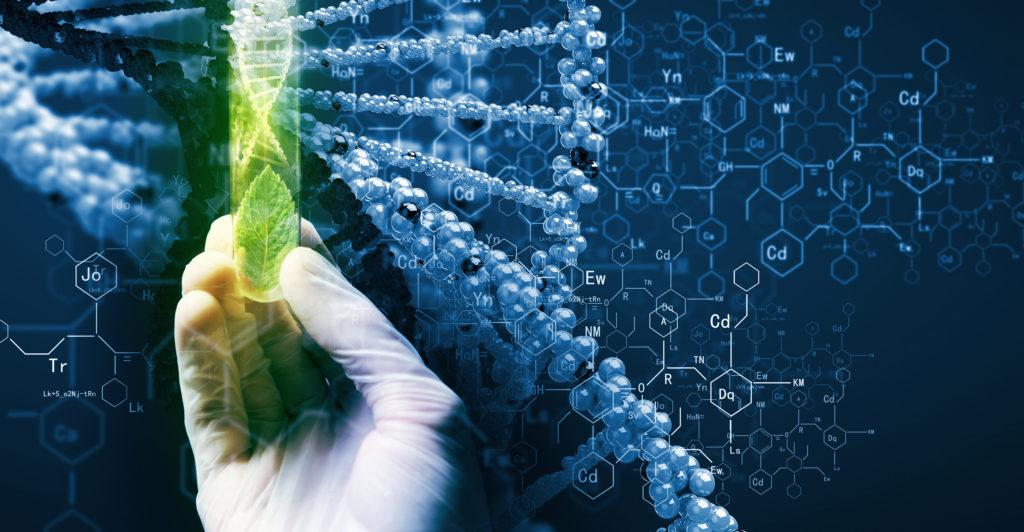Understanding Intoxication and Its Impact on Health: Examining the Intricacies of Toxicity
Intoxication occurs due to the infiltration of harmful substances, whether exogenous or endogenous, leading to autointoxication or endotoxemia. This internal toxicity profoundly influences sorption processes and disease severity, involving key compounds like metabolites and enzymes. Recent studies highlight a sequential pattern, originating in the colon and extending to blood binding with plasma proteins, biotransformation, and removal by various organs. Healthcare professionals must grasp this complex syndrome for accurate diagnosis and effective treatment of diverse conditions.

Enterosorption introduces an innovative method utilizing enterosorbents to eliminate substances from the gastrointestinal tract. In efferent therapy, similar to the procedures of hemodialysis, peritoneal dialysis, plasmapheresis, and hemosorption, toxic agents are effectively targeted. Advanced products from our Enterosorbent cluster are offered for binding exogenous and endogenous agents without GIT degradation. Through adsorption, absorption, ion exchange, and complexation, toxins are efficiently absorbed while preserving normal intestinal flora. The detoxification effect includes capturing intestinal toxins, providing valuable therapeutic benefits.

Understanding Enterosgel’s Composition and Adsorption Capabilities: A Detailed Analysis
Exploring Enterosgel’s Structure and Adsorption Properties
Enterosgel, or methylsilicic acid hydrogel, features a unique blend of hydrophobic CH3-groups and hydrophilic OH-groups on its surface. This polyfunctional adsorbent’s porous structure is attributed to interconnected nano-granules, approximately 50 nm in size, interspersed with water.
With an impressive adsorption capacity ratio of 28.5:1 to xerogel for HSA, Enterosgel employs two main adsorption mechanisms. These include physical adsorption of low to medium molecular weight solutes, and co-precipitation of larger compounds like blood plasma proteins, enzymes, and bacterial toxins.

Essential Criteria for Choosing Enterosorbents in Medical Practice: A Comprehensive Guide
Medical practitioners need to carefully assess available enterosorbents based on specific criteria:
1. Consider high adsorption efficiency while ensuring complete safety and non-toxicity.
2. Prioritize good biocompatibility with tissues.
3. Seek enterosorbents with a high sorption capacity for efficient removal of substances.
4. Look for selectivity in the sorption of medium-weight toxic metabolites.
5. Avoid products that may harm the stomach and intestinal mucosa.
6. Opt for options that maintain or positively impact the secretion process and intestinal microbiota.
7. Choose enterosorbents available in user-friendly pharmaceutical forms.

Evolution of Gastrointestinal Adsorbents: From Ancient Times to Modern Solutions
Exploring the History and Evolution of Gastrointestinal Adsorbents
The utilization of gastrointestinal adsorbents traces back thousands of years, with early applications such as charcoal in ancient Egypt. In the late 1970s, a new generation of sorbents emerged, offering enhanced and selective sorption capabilities. Today, there is a growing interest in our company’s enterosorbent products, largely fueled by environmental challenges, especially in urban areas where environmental risks exceed regulatory limits and food quality standards are not consistently met.

